Accounting Principles 7Th Canadian Edition Volume 2 By Jerry J. Weygandt
Accounting Principles 7Th Canadian Edition Volume 2 By Jerry J. Weygandt
Accounting Principles 7Th Canadian Edition Volume 2
Accounting Principles 7Th Canadian Edition
Accounting Principles
ISBN: 9781119048473
CHAPTER 9: Long-Lived assets
CHAPTER STUDY OBJECTIVES
- Calculate the cost of property, plant, and equipment. The cost of property, plant, and equipment includes all costs that are necessary to acquire the asset and make it ready for its intended use. All costs that benefit future periods (that is, capital expenditures) are included in the cost of the asset. When applicable, cost also includes asset retirement costs. When multiple assets are purchased in one transaction, or when an asset has significant components, the cost is allocated to each individual asset or component using their relative fair values.
- Apply depreciation methods to property, plant, and equipment. After acquisition, assets are accounted for using the cost model or the revaluation model. Depreciation is recorded and assets are carried at cost less accumulated depreciation. Depreciation is the allocation of the cost of a long-lived asset to expense over its useful life (its service life) in a rational and systematic way. Depreciation is not a process of valuation and it does not result in an accumulation of cash. There are three commonly used depreciation methods:
Effect on Annual
Method Depreciation Calculation
Straight-line Constant amount (Cost − residual value) ÷
estimated useful life
(in years)
Diminishing- Diminishing Carrying amount at
balance amount beginning of year ×
diminishing-balance rate
Units-of- Varying (Cost − residual value) ÷
production amount total estimated units-of-
production × actual
activity during the year
Each method results in the same amount of depreciation over the asset’s useful life. Depreciation expense for income tax purposes is called capital cost allowance (CCA).
- Explain the factors that cause changes in periodic depreciation and calculate revised depreciation for property, plant, and equipment. A revision to depreciation will be required if there are (a) capital expenditures during the asset’s useful life; (b) impairments in the asset’s fair value; (c) changes in the asset’s fair value when using the revaluation model; and/or (d) changes in the appropriate depreciation method, estimated useful life, or residual value. An impairment loss must be recorded if the recoverable amount is less than the carrying amount. Revisions of periodic depreciation are made in present and future periods, not retroactively. The new annual depreciation is determined by using the depreciable amount (carrying amount less the revised residual value), and the remaining useful life, at the time of the revision.
- Demonstrate how to account for property, plant, and equipment disposals. The accounting for the disposal of a piece of property, plant, or equipment through retirement or sale is as follows:
(a) Update any unrecorded depreciation for partial periods since depreciation was last recorded.
(b) Calculate the carrying amount (cost – accumulated depreciation).
(c) Calculate any gain (proceeds > carrying amount) or loss (proceeds < carrying amount) on disposal.
(d) Remove the asset and accumulated depreciation accounts at the date of disposal. Record the proceeds received and the gain or loss, if any.
An exchange of assets is recorded as the purchase of a new asset and the sale of an old asset. The new asset is recorded at the fair value of the asset given up plus any cash paid (or less any cash received). The fair value of the asset given up is compared with its carrying amount to calculate the gain or loss. If the fair value of the new asset or the asset given up cannot be determined, the new long-lived asset is recorded at the carrying amount of the old asset that was given up, plus any cash paid (or less any cash received).
Related Test Bank
Accounting Information System 1st Edition by Vernon Richardson -Test Bank

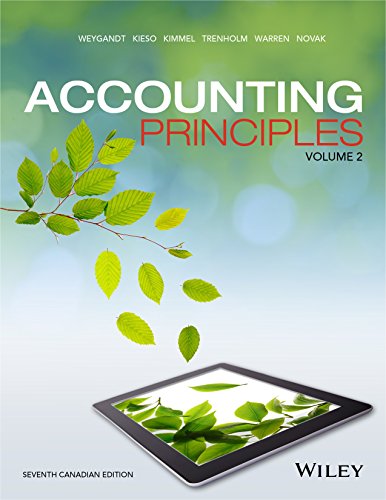
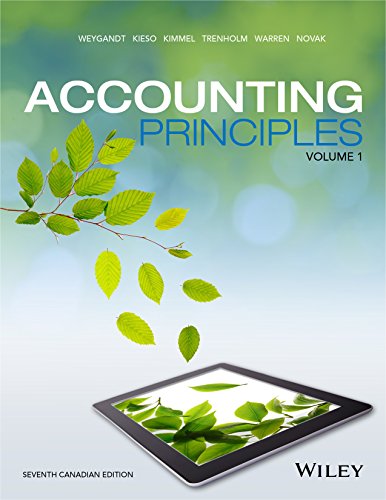
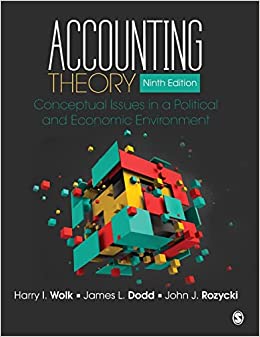



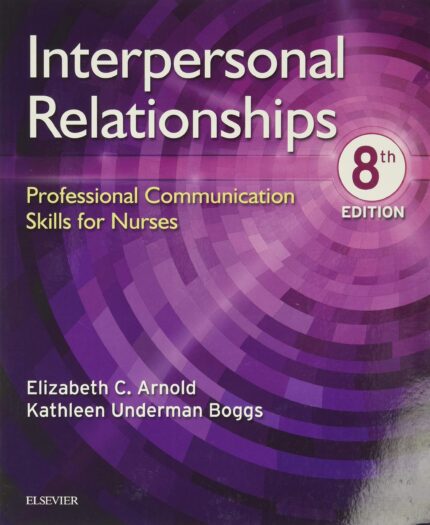
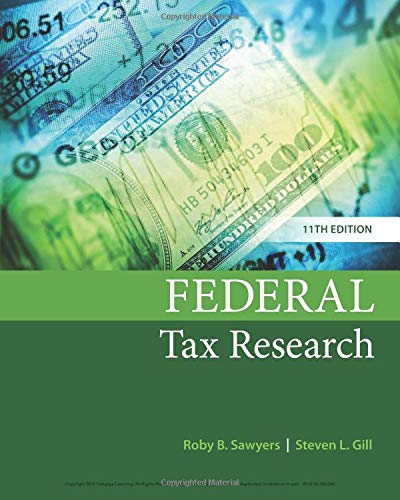


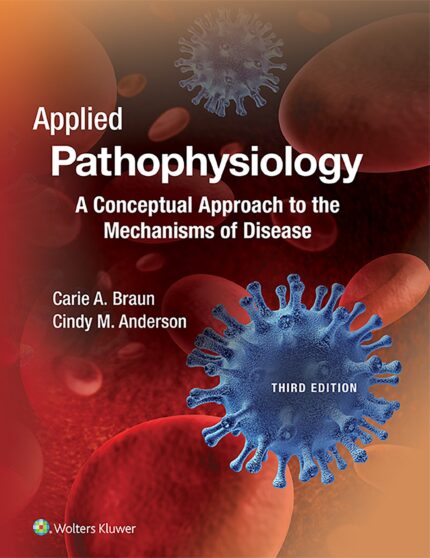
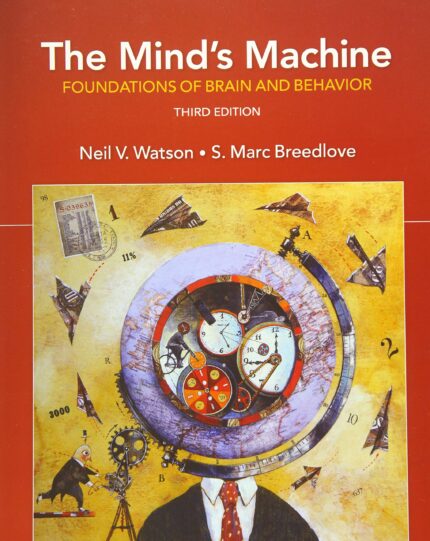
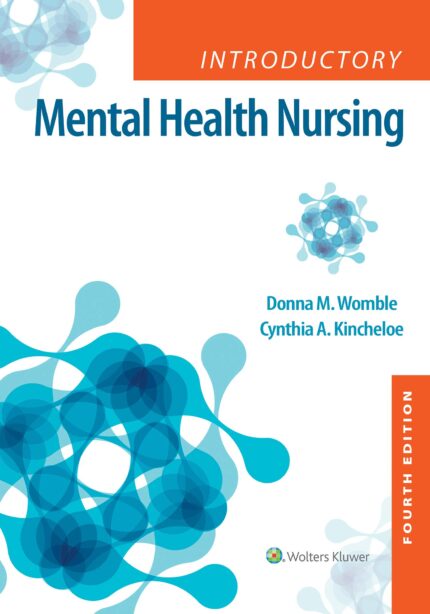
Reviews
There are no reviews yet.